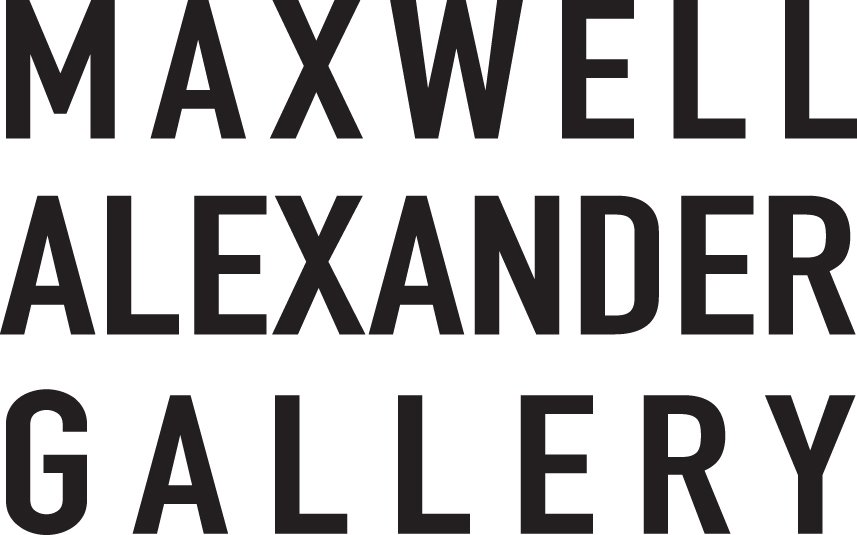Theater of Light
In the early 20th century Florenz Ziegfeld, creator of the Ziegfeld Follies musical revues on Broadway, was widely known for his muses, elaborately costumed chorus girls often called Ziegfeld Girls. The girls were the primary residents in Ziegfeld’s fantastical worlds of music and drama. “[H]e simply couldn’t stop being more and more lavish with every show,” wrote his wife after his death in 1932. “...the world remembers Mr. Ziegfeld as the man who revealed a whole new world of color and light and gaiety in the modern musical revue.”
Using the iconic Ziegfeld Girls and the era that they thrived in as inspiration, painter Jeremy Mann will be presenting a new collection of work at an exhibition July 15 at Maxwell Alexander Gallery in Los Angeles. The show will open the gallery’s brand-new space, which will be decorated with the installations the artist used for his photo shoots. For the opening guests are encouraged to come dressed in their finest and interact with the installations. The exhibition is a collaboration with Christina Molcillo of Black Lotus Clothing, who used Ziegfeld Girls as models for her designs, including dresses, gowns, headpieces and other antique materials.
“Many good things come out of collaborations in unexpected ways,” Mann says of working with Molcillo. “Wanting to not only keep my hands from detaining the unexpected, but also with respect to another artist’s unhindered personal visions, Christina developed and created the wardrobe and sets with unobstructed direction, based on a few meetings and her own research into my stylistic tendencies combined with her own artistic style.”
Their collaboration can be seen in works such as Luna and Moonlight, both featuring a female figure elegantly dressed in front of a prop crescent moon. Like Ziegfeld’s girls, and the photos of them that have survived, these figures have an element of theater to their presence amid carefully placed light, oversized stage elements and beautifully designed costuming. They are at once sumptuous and also vulnerable within Mann’s cool shadows and delicate brushstrokes.
“Having a theme to hold everything loosely together and give direction, we both have affections for the 1920s and the Ziegfeld Girl style, crossed with some [Alphonse] Mucha and modernity, as well as theater and darkness,” says Mann. “The moon stage grew from that era’s fascination with it as often seen as a moon with a painted face upon the stage. The timeless feeling is always something I prefer in my paintings, creating a haze of memory and capturing fleeting moments in perpetual paintings which draw up those same emotions, something dreamlike and lost, or a thing once wonderful and now forgotten.”
These “dreamlike” qualities overlap with much of Mann’s current state as an artist, in which he says he’s diving further into the cerebral ether of creation. “I suppose these would be my foggy years. I’ve been exploring deeper into the feelings evoked from atmosphere and light, how their effects work both with and against form, while eliciting emotions of fading memories, things past and times ceaseless endurance,” he says. “Logically this exploration evolved from my endeavors with film and Polaroid photography from the homemade cameras, and now into video and films using homemade lenses to capture that same effect, without the need for digital manipulations—I’ve a badinkling about most things digital. Film and video have a direct connection with ‘time’ and that is something which I desire to have a stronger place in my paintings. What an artist does with their time when not painting affects the painting even more than when they are.”
Mann’s show, which will also feature his bold cityscapes, will continue through August 12 in Los Angeles
To view more of Mann's work, click here.
Courtesy of American Art Collector magazine
